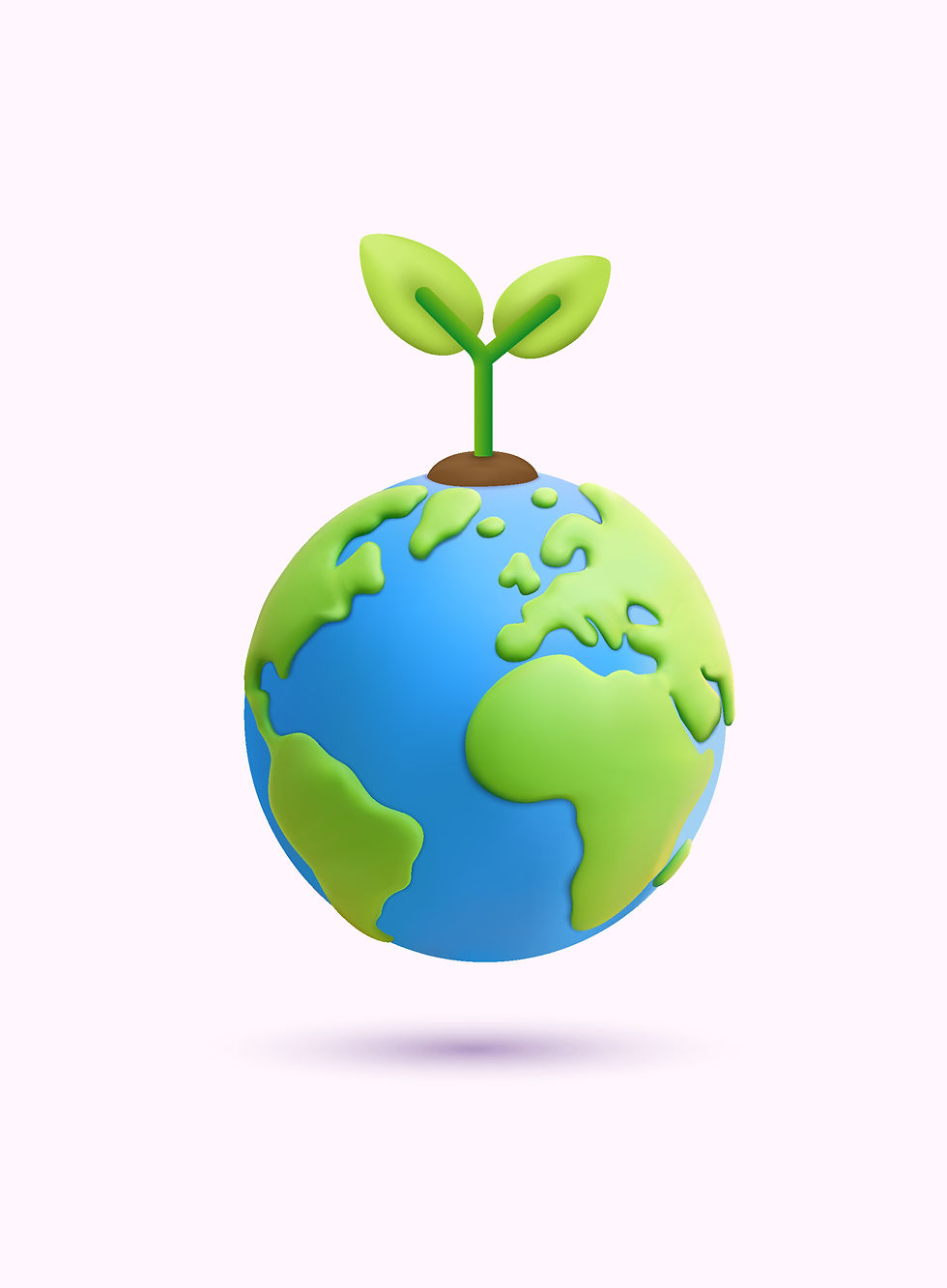Agriculture for Life’s Sustainable Challenge
- agforlife
- Mar 25, 2021
- 3 min read
Empowering students to tackle the Sustainable Development Goals and food insecurity
The question of achieving a sustainable future affects everyone from progressive urban centres to the most remote and desolate locations. Answering questions around poverty, inequality, climate change, peace and justice, and the environment calls for collaboration, long-term planning, and fresh problem-solving perspectives.
That’s why Agriculture for Life is thrilled to launch their Sustainable challenge, aimed at Alberta students in grades seven to nine. Over the course of a month, participants will work to create a proposal that answers the question: “How do we sustainably feed a hungry world while reducing food waste and insecurity?”—also known as the United Nations’ (UN) Sustainable Development Goal (SDG) “Zero Hunger.”
With that, the Sustainable challenge highlights the critical role the agriculture industry plays in addressing the SDGs, facing hunger and driving economic prosperity around the world in so many ways.

“Agriculture is an important contributor to solving many of the global challenges targeted by the SDGs,” says Doug Beever, board chair at Ag for Life. “First and foremost, agriculture is a tremendous economic driver that helps many in the world emerge out of poverty, and it creates wealth in communities throughout the world. That funds education, health care, community infrastructure, and social justice.”
With UN estimates projecting a possible 840 million or more hungry people by 2030,(1) increased agricultural productivity and sustainability is essential. The Sustainable challenge will help students understand how so many people, locally and around the globe, suffer from a lack of nutritious food, and it will showcase the complexity and critical importance of agriculture and food production to sustainability.
“With this knowledge, I am excited to see the solutions they bring forward to work in partnership with others to tackle the hunger challenge,” says Beever. “[The SDGs] provide a common language everyone in the world can use to collaborate on solutions, measure impacts, and refine them to have the greatest impacts on the economy, environment, and society.”

The program’s lesson framework ties to Alberta’s curricular outcomes in STEM, Social Studies, and ELA. In support, Ag for Life brings participating classrooms a combination of in-class and remote activation leadership for teachers and students as they work through the program’s five modules. Students team up in groups of four to create a project proposal that addresses the annual challenge question focused on one of the SDGs. Problem solving, research, collaboration, and proposal drafting are just a few of the skills students will practice and develop.
“Our youth is one of the most important partners, as they have new and fresh ideas that can be incorporated into solutions. They will be the workers and leaders of the future,” says Beever. “Through leadership that understands the SDGs and how important they are, not only to the environment but to the economy, they will develop solutions that are effective, scalable, and long-lasting.”
As the program runs, teachers are provided a flexible lesson framework and resources, including multi-media resources and materials. They will then identify student groups for proposal submission. Finally, an expert panel will identify outstanding projects and award winners. First-prize winners will receive $1,000 for their group and $1,000 for their school, and second-prize groups will receive $800 and $800 for their school.
The program and its awards come thanks to a generous partnership with BASF Canada. “You cannot move the needle on the SDGs alone,” says Beever. “It can only be done together and with the leadership of companies like BASF, who understand the importance of the SDGs and the critical role our youth play in accomplishing them.”
The partnership between Ag for Life and BASF means twenty to thirty classes around the province can take on the Sustainable challenge, and Ag for Life hopes to see the program expand as more partners sign on. “The more partners who join, the more students our team can reach and the greater the impacts youth solutions can have on their communities and the world,” says Beever. “Together we can make a real impact on the SDGs to improve lives and protect our environment for future generations.”

For more information on The Sustainable Development Goals explore our Nourishing Minds publications here.
Sources
1 UN—Goal 2: Zero Hunger



